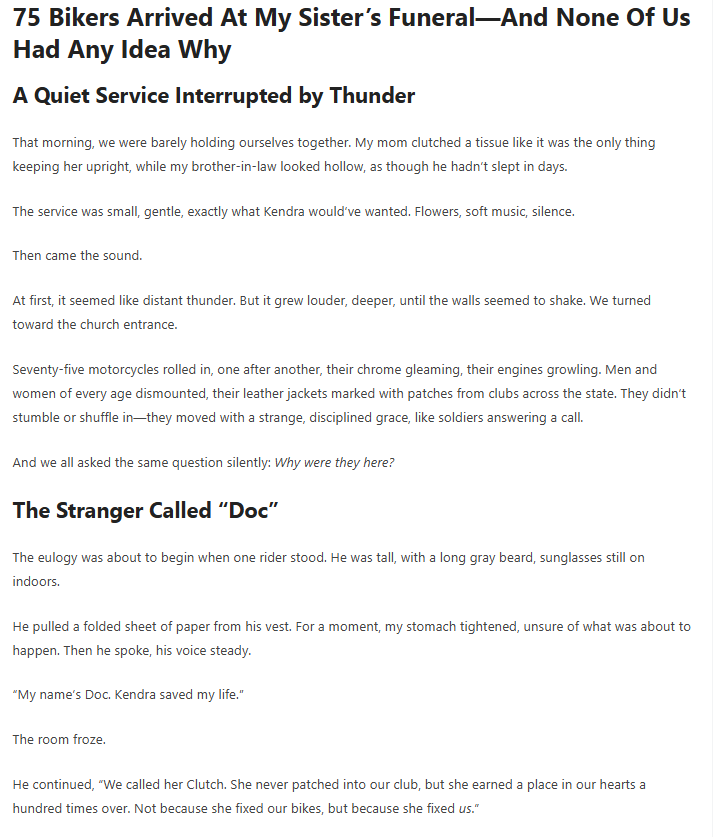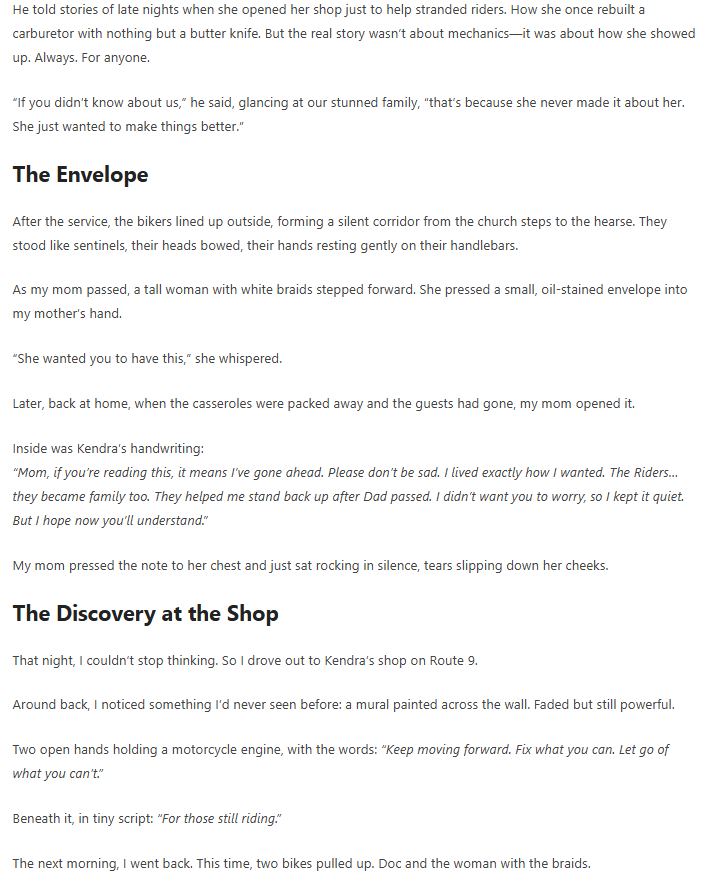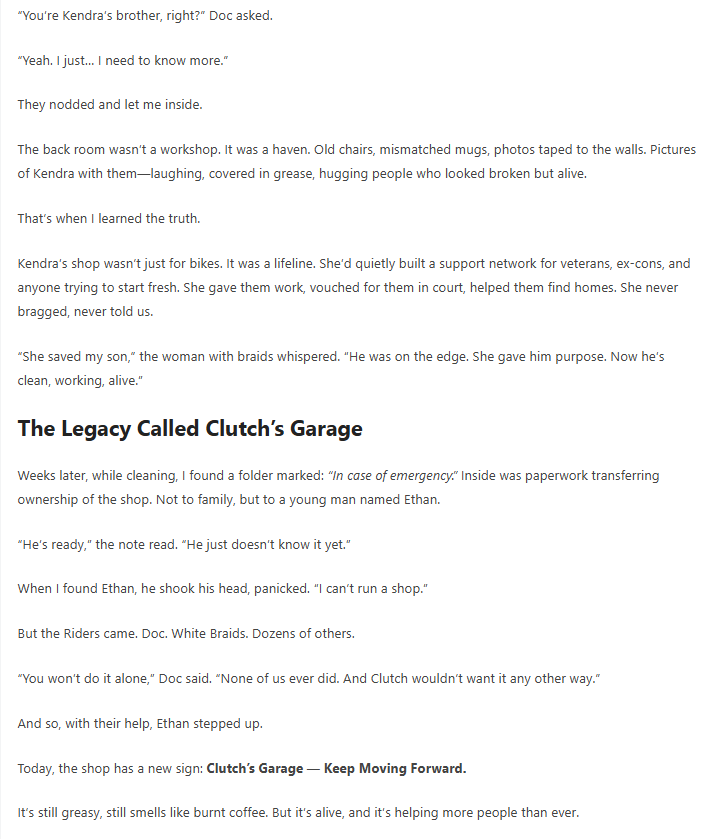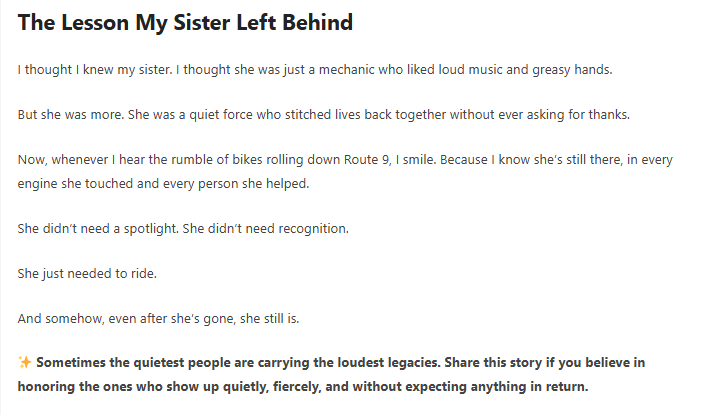In times of emotional pain, trauma, or even long-term stress, healing often feels like a solitary path. But there’s something magical that happens when people come together—not just to talk or reflect, but to laugh. Shared laughter, that raw, unfiltered burst of joy, has profound effects on group dynamics, mental well-being, and collective healing. It’s more than a momentary escape; it’s a catalyst for transformation.
Laughter may seem simple—perhaps even frivolous—in the face of deep emotional wounds. But research and lived experience both show that laughter shared within a group can bridge gaps, soften grief, and reignite the will to move forward. Whether in therapy groups, support circles, recovery communities, or informal gatherings, laughter serves as a silent healer working in the background.




Why Shared Laughter Matters
Laughter is an involuntary human response, often arising when we feel safe, understood, or delighted. When shared, its effects multiply. In a group setting, laughter becomes a nonverbal form of communication—a sign of trust, connection, and belonging.
The experience of shared laughter breaks down psychological barriers. It humanizes people, making them more approachable and open. In group therapy or support sessions, this can be the difference between guarded silence and vulnerable sharing. A room that laughs together is one that heals together.
The Psychological Impact of Group Laughter
At its core, laughter is a stress reliever. When a group laughs together, cortisol levels—the body’s primary stress hormone—drop. At the same time, the brain releases feel-good chemicals like dopamine, oxytocin, and endorphins. These are the same chemicals that reduce pain, increase pleasure, and enhance mood.
For individuals recovering from trauma or dealing with grief, this chemical shift can feel like emotional oxygen. Laughter can provide temporary relief, but over time, regular shared laughter leads to longer-lasting psychological benefits, such as:
- Reduced anxiety
- Improved mood regulation
- Lower levels of depression
- Increased emotional resilience
But perhaps more importantly, laughter gives permission to feel joy again. For many in healing processes, joy feels distant or undeserved. Shared laughter gently reintroduces it without force or pressure.
Strengthening Group Bonds
Healing in groups relies heavily on trust, empathy, and mutual support. These don’t develop overnight. But laughter speeds up the process. A single shared laugh can accelerate bonding in ways words often cannot.
When people laugh together, they enter a moment of mutual vulnerability. It’s a space free from judgment and full of understanding. In groups that are just forming, this can quickly dissolve initial tension or awkwardness. In established groups, it reaffirms safety and connection.
In fact, many therapists and facilitators deliberately create moments of lightness or play during sessions—not to distract, but to deepen the group’s cohesion. These moments often lead to breakthroughs, where participants feel safe enough to share something deeply personal, knowing they are held in a space of warmth.
Creating a Culture of Lightness
Healing doesn’t mean avoiding pain—it means learning to carry it differently. Laughter helps people do just that. In group settings, laughter can balance the heaviness of emotional work. It offers a rhythm—moving between serious reflection and light-hearted release.
Groups that develop a culture of lightness—where laughter is welcomed, not shushed—often report higher levels of member satisfaction and engagement. People are more likely to return, to open up, and to invest in their own healing when they feel emotionally safe. And laughter is a powerful marker of safety.
Even in the most grief-stricken groups, moments of humor emerge. A shared memory. An inside joke. A funny story about a loved one who passed. These moments are sacred. They show that grief and joy can coexist, that we are not defined solely by our pain.
Laughter as a Tool for Perspective
One of the quietest gifts laughter brings to group healing is perspective. It can reframe the darkest experiences in a way that makes them bearable. This isn’t about making light of pain, but about reclaiming agency over it.
When someone can tell a story that once brought them shame or sorrow and laugh—genuinely, not defensively—it signals a shift. The story no longer owns them. And when others laugh with them, not at them, but in shared humanity, it reinforces this new perspective.
In group settings, these moments are contagious. They inspire others to reexamine their own narratives and find places where humor or light might live.
The Role of Facilitators
Trained facilitators and therapists often use humor strategically—not to entertain, but to disarm. A well-timed joke or playful metaphor can open doors that otherwise stay shut. It can de-escalate tension or normalize awkward feelings.
But the best humor in healing groups comes organically—from the participants themselves. Facilitators do best when they create an environment where laughter is natural and spontaneous. This means modeling it, allowing space for it, and never shutting it down in fear of disrupting the “serious” work.
In reality, laughter is serious work.
Cultural Sensitivity in Shared Laughter
It’s important to acknowledge that not all laughter is the same. In group settings that are diverse—whether by culture, background, or belief—humor can be a tricky terrain. What’s funny to one person may be offensive or triggering to another.
This makes it critical to foster inclusive humor—lightness that doesn’t punch down or rely on stereotypes. Groups thrive when their laughter is kind, uplifting, and shared with consent. Laughter should always feel like an invitation, not an imposition.
Virtual Group Healing and Laughter
In the wake of more digital connections—especially after the pandemic—many support groups, therapy sessions, and healing circles have moved online. Surprisingly, laughter has not diminished in these spaces. In fact, in some ways, it’s become more necessary.
Virtual laughter carries many of the same benefits as in-person laughter. It reminds people they’re not alone. It humanizes digital avatars into real people with shared experiences. It breaks the coldness of the screen and brings warmth into the room, even if it’s a virtual one.
Stories from the Circle
In many group healing stories, laughter becomes a turning point.
- A mother in a grief circle remembers how her son used to wear his clothes backward as a child. The group erupts in laughter, not mocking, but celebrating the memory. Her tears follow, but so does a lighter heart.
- A group of trauma survivors giggle uncontrollably over a ridiculous icebreaker game. Later, one member says it was the first time they felt “alive” in months.
- In an addiction recovery group, someone jokingly refers to their past behavior as “Oscar-worthy chaos.” The room roars. In that laughter, shame loosens its grip.
These moments are not trivial. They are medicine.
Conclusion: Healing Together, Laughing Together
Healing isn’t linear, and it’s rarely easy. But shared laughter offers a detour—a brief, joyful pause from the weight of recovery. It reminds people of their humanity, their resilience, and most importantly, their connection to others walking the same path.
In group healing, laughter doesn’t just accompany the process—it strengthens it. It builds bridges, lightens loads, and whispers hope into heavy hearts.
So next time a group erupts in laughter, don’t hush it. Honor it. It might be the sound of healing.



